Have you ever wondered what’s really happening when your cat curls up beside you, purrs softly, or greets you at the door? For so many of us, these moments feel magical—like a secret language only we and our cats understand. But behind every slow blink, head bump, and gentle pawing is a fascinating world of science and emotion. Cats might have a reputation for being aloof, but the truth is far more surprising, and maybe even a little heart-melting. Let’s unravel the mysteries of feline affection, and discover what your cat is truly saying when it shows you love. Prepare to see your purring companion in a whole new light!
The Roots of Feline Affection
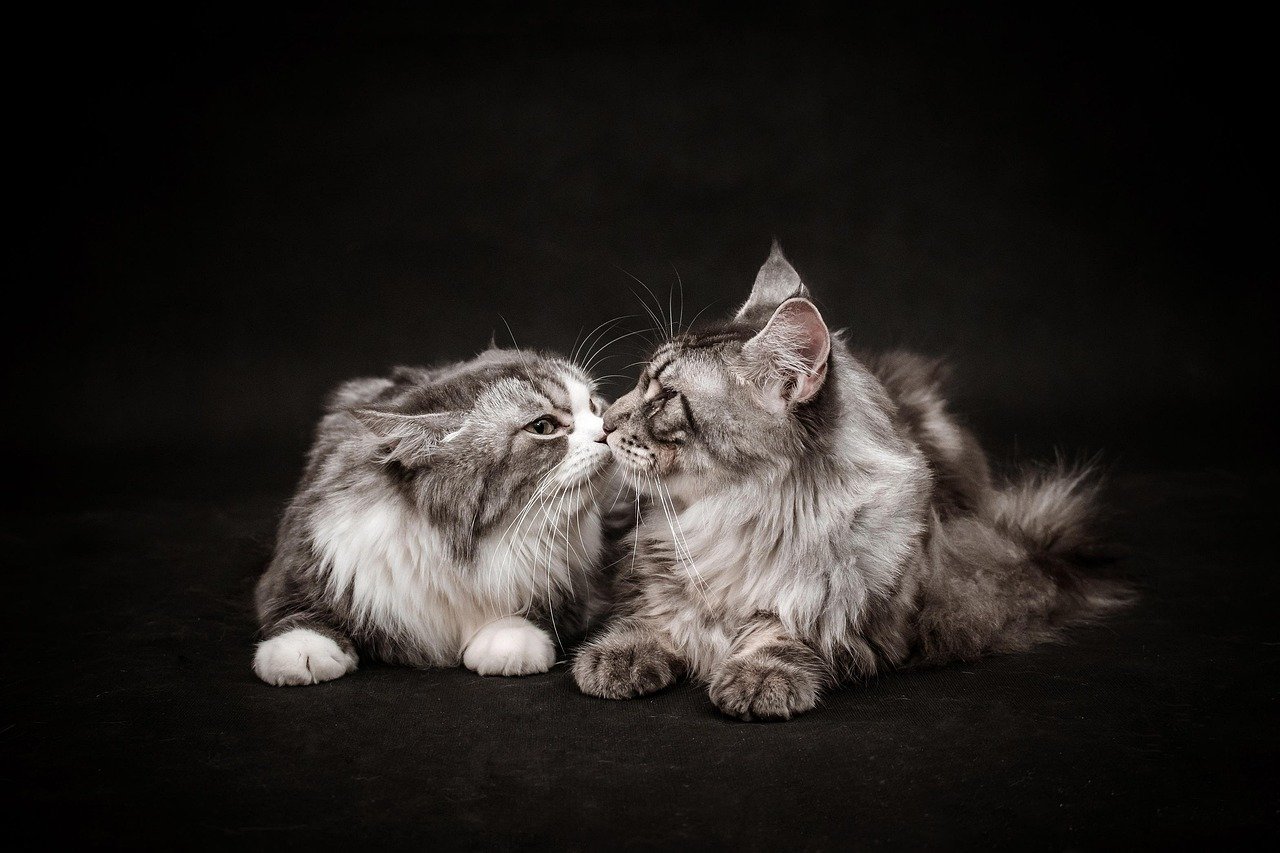
Cat affection didn’t just appear out of nowhere. The roots go deep into history, stretching back thousands of years, to when humans first began living alongside wild cats. Early domesticated cats learned that being affectionate could actually mean more food and safety from humans. Over countless generations, cats who were a little more social became the ones we now know as our loving house pets. But their wild ancestry is still there, hiding beneath those soft purrs and fluffy tails. It’s this blend of ancient instinct and modern companionship that makes cat affection so complex and intriguing. When your cat leans into your hand or follows you from room to room, it’s the result of a long evolutionary story. These moments are the product of survival strategies mixed with genuine trust. Every act of affection is a living reminder of this long history.
Purring: More Than Just a Happy Sound

That gentle rumble you feel when your cat sits on your lap isn’t just a sign of happiness. Scientists have discovered that purring serves multiple purposes. It can be a way for cats to communicate contentment, but it’s also used for self-healing. The vibration frequency of a cat’s purr is thought to promote healing of bones and tissues. When your cat purrs beside you, it might be calming itself as much as it’s expressing love. Sometimes, cats even purr when they’re scared or in pain, seeking comfort from you or themselves. So, the next time you hear that familiar vibration, remember: it’s a complex, multi-layered form of affection and self-care, not just a happy sound.
Slow Blinking: The Cat’s Secret “I Love You”

Have you caught your cat staring at you, only to slowly close and open its eyes? That’s not boredom or sleepiness—it’s actually one of the most endearing signs of affection in the cat world. In feline body language, a slow blink is like blowing a kiss. It’s a powerful message: “I trust you.” Cats do this with other cats they feel safe around, and when they include you in this ritual, it means you’re family. Try returning the gesture with your own slow blink. You might just find your cat responding in kind, deepening your unique bond.
Head Bumping and Cheek Rubbing Explained

When your cat bumps its head against yours or rubs its cheeks on you, it’s not just begging for attention. This behavior, called bunting, is how cats mark their territory—and their favorite people. Cats have scent glands in their cheeks and forehead. When they rub up against you, they’re leaving behind their scent, claiming you as part of their inner circle. It’s a silent but deeply meaningful way of saying, “You belong to me.” To a cat, sharing scent is sharing trust and affection. So, every gentle headbutt is a mark of true friendship.
Following You Around: More Than Curiosity

If your cat is your constant shadow, trailing you from room to room, it’s not just being nosey. This behavior is a sign of deep attachment. In the wild, cats are both predators and prey; sticking close to someone they trust can be a strategy for safety. At home, following you means your cat feels secure with you and wants to be near. It might also be a sign of wanting to participate in your daily rituals. When your cat watches you cook, work, or even clean, it’s expressing a strong interest in your life—a surprisingly sweet gesture from such an independent creature.
Kneading: A Throwback to Kittenhood
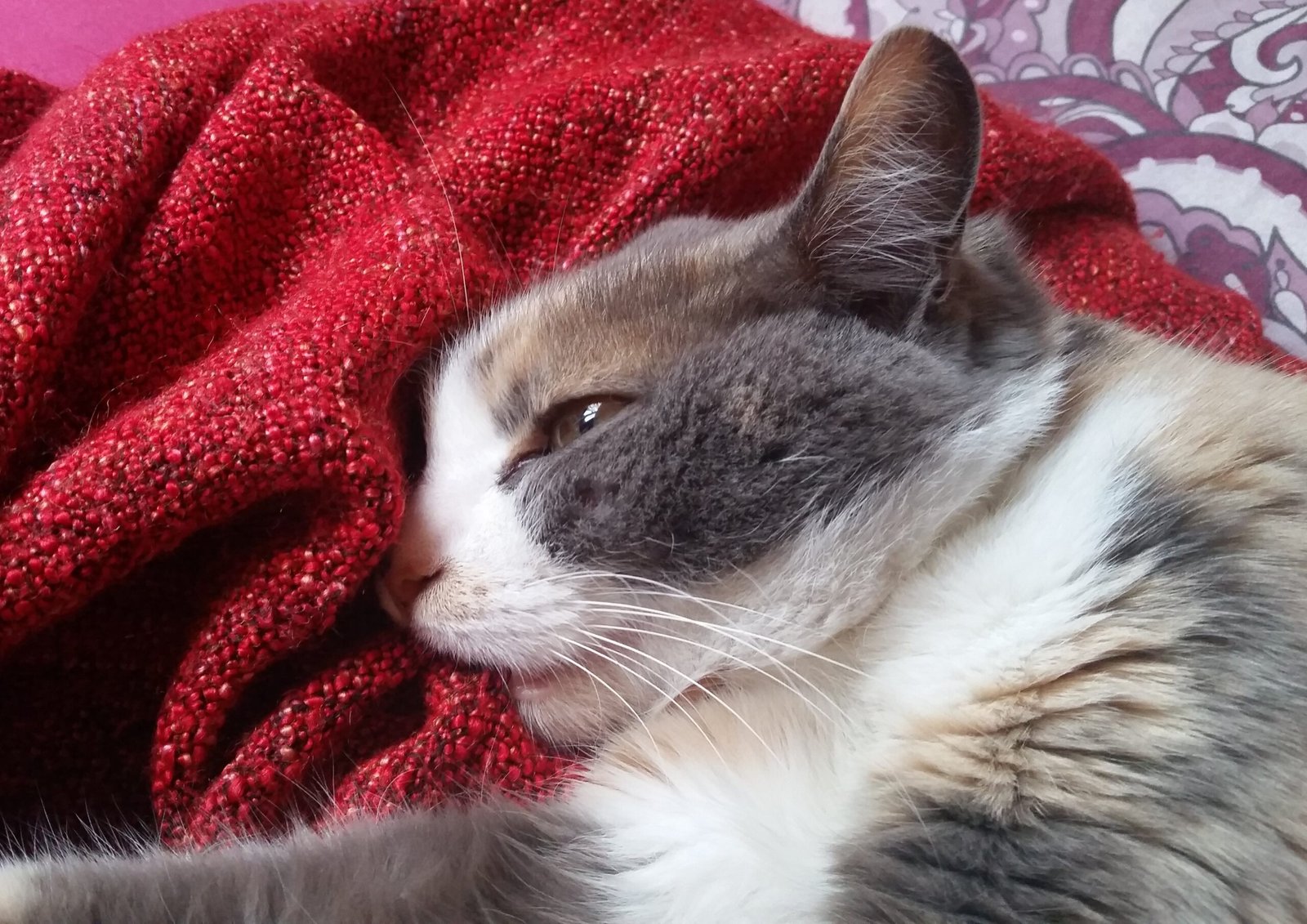
That rhythmic pressing of paws on your lap or blanket is more than just a quirky cat habit. Kneading comes from kittenhood, when babies knead their mother’s belly to stimulate milk flow. Adult cats carry this behavior into their grown-up lives, using it to show comfort and affection. When your cat kneads you, it’s a sign it feels safe and content in your presence. Some experts even think it’s a way for cats to “mark” their favorite humans with scent from their paw pads. It’s a little act of love that connects your cat’s earliest memories to its feelings for you.
Tail Language: The Emotional Barometer
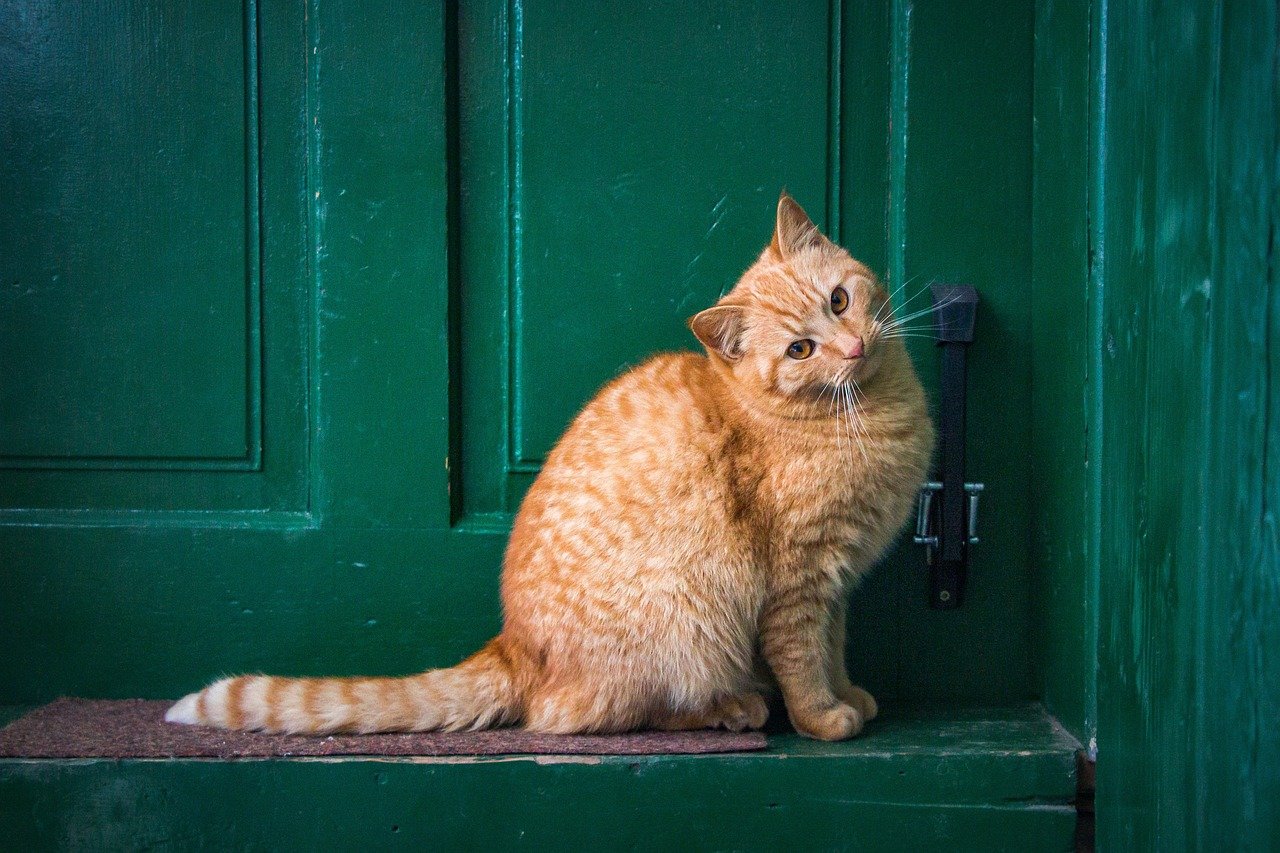
A cat’s tail is like a mood ring, speaking volumes about its feelings. When your cat holds its tail upright with a gentle curl at the tip, it’s feeling confident and affectionate. Cats may also wrap their tails around your arm or leg—a gesture of friendship and warmth. If the tail quivers when they see you, that’s often a sign of excitement and happiness. On the other hand, a puffed-up tail or one held low can indicate stress or fear. Learning to read tail language helps you understand when your cat is expressing love or when it needs space.
Vocalizations: Chatting With Their Favorite Human

Cats don’t “talk” to each other the way they talk to us. Most vocalizations—meows, chirps, and trills—are reserved for communicating with humans. A cat that meows back when you speak is engaging in a unique dialogue. Some cats develop entire vocabularies to interact with their people, using different sounds for greetings, requests, or simply to say hello. When your cat “answers” you, it’s a sign of affection and connection. This back-and-forth builds a special relationship, making you feel less like an owner and more like a true friend.
Licking and Grooming: Caring Like a Cat

If your cat licks your hand or even your face, consider it a high compliment. Grooming is a deeply social activity among cats, reserved for close bonds. When your cat grooms you, it’s treating you as part of its family group—a behavior known as allogrooming. Cats use this to strengthen social ties and show care. The rough tongue might feel strange, but it’s an act of pure affection. Your cat is saying, “You’re important to me, and I want to keep you clean and safe.”
Bringing “Gifts”: An Unusual Token of Love

Few things are more surprising—or shocking—than finding a mouse, bird, or random toy on your doorstep, courtesy of your cat. While it might make you cringe, this is actually a sign of deep affection. In the wild, mother cats bring prey to their kittens to teach them how to hunt. When your cat presents you with a “gift,” it’s treating you as family, sharing with you, or even trying to teach you. It’s a strange but sincere feline compliment, even if the gifts are sometimes less than welcome.
Sleeping On or Near You: Trust at Its Highest
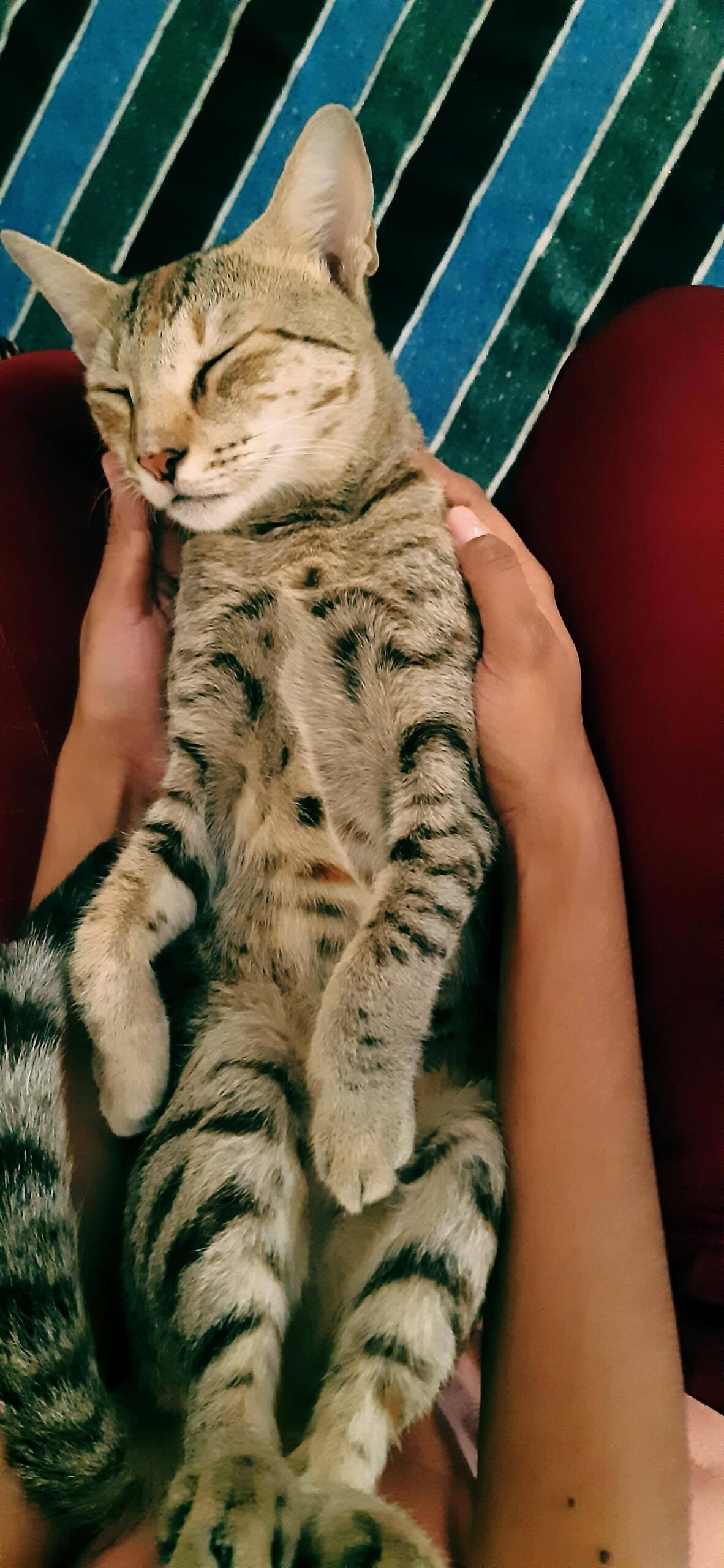
Cats are most vulnerable when they sleep, so choosing to nap on your lap or beside you is a sign of ultimate trust. Your scent, warmth, and presence make your cat feel safe enough to relax completely. This behavior is a huge compliment—your cat sees you as a source of security, almost like a fellow member of its family. Some cats might even “guard” you while you sleep, positioning themselves nearby. It’s a quiet but powerful way to show affection and loyalty.
Scent Marking: The Invisible Bond

Cats live in a world ruled by scent. When your cat rubs its body, face, or even side against you, it’s leaving behind its personal scent, marking you as “theirs.” This invisible bond is like a secret handshake between you and your cat. It signals trust, safety, and a deep emotional connection. While we can’t smell these markings, other cats can—and they know exactly who you belong to. Scent marking is your cat’s way of saying, “You’re part of my world.”
Playful Attacks: Love in Disguise

Those surprise “attacks” on your feet or hands might seem aggressive, but they’re often signs of playful affection. Cats use play to bond, both with other cats and with their humans. Stalking, pouncing, and gentle biting are ways to engage with you and share energy. Think of it like a friendly wrestling match—your cat is inviting you into its world. As long as the play stays gentle, these antics are a unique form of love, meant to strengthen your relationship.
Mirroring Your Behavior: Subtle Signs of Bonding
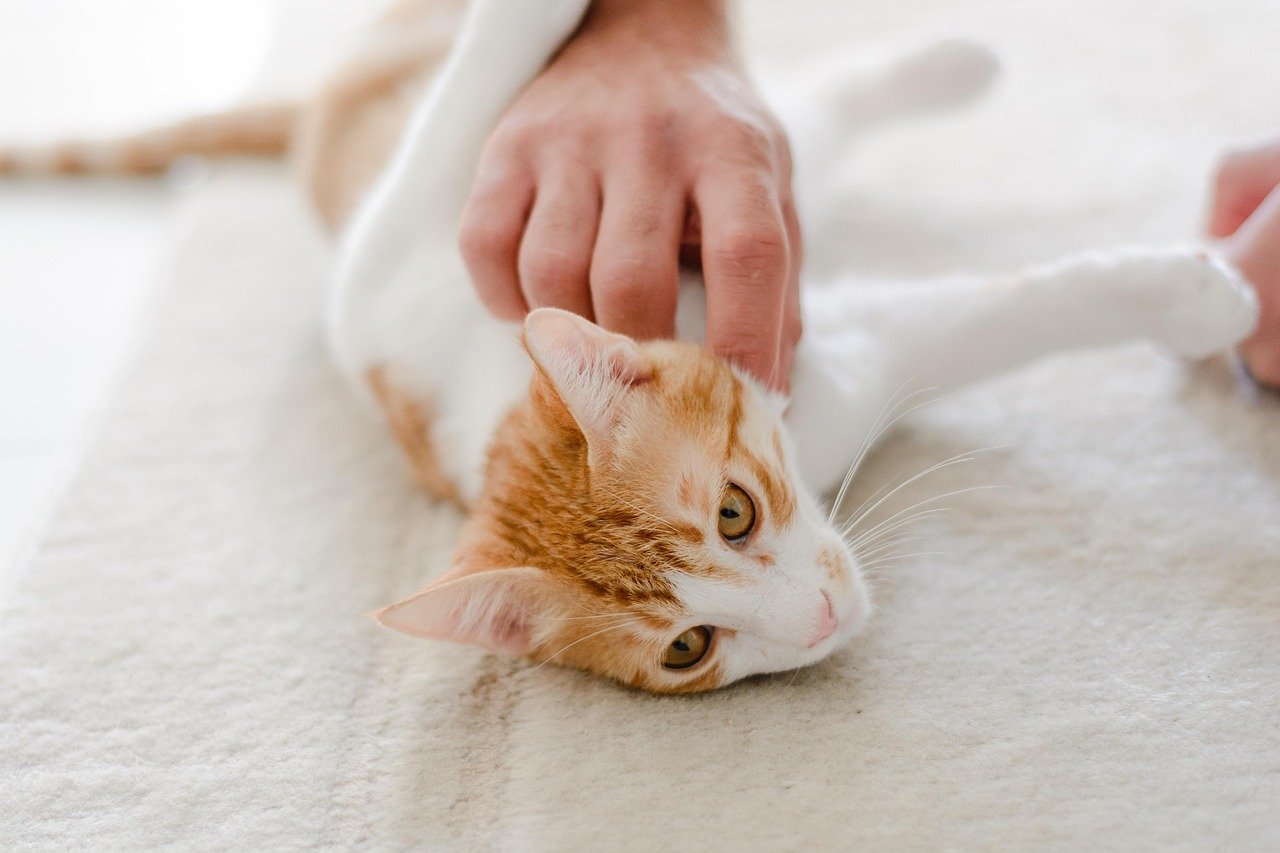
Have you ever noticed your cat copying your actions, like yawning when you do or sitting beside you when you’re relaxed? This mirroring is a subtle way cats bond with their humans. In the wild, cats mirror the behavior of their family group as a sign of trust and connection. When your cat mirrors you, it’s showing a strong emotional link. It’s their quiet way of saying, “We belong together.”
Seeking Physical Contact: The Need for Closeness
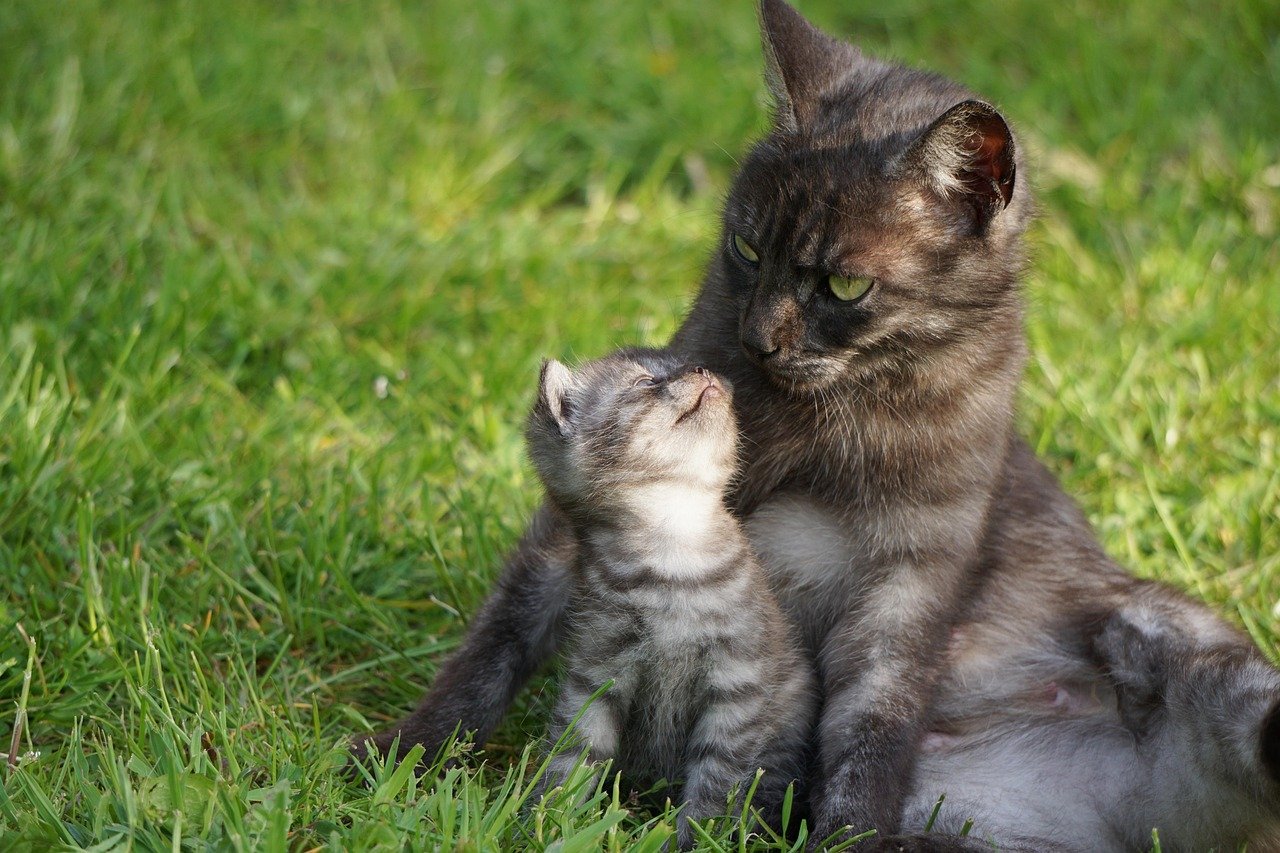
Some cats are true cuddle bugs, always reaching out a paw or curling up against you. Physical contact is a primary way cats express affection. Even a brief touch—a nose nudge, a paw on your arm—is loaded with meaning. For cats, these moments of closeness release calming hormones and reduce stress. When your cat seeks out your touch, it’s showing how much your presence matters.
Greeting You at the Door: The Warmest Welcome
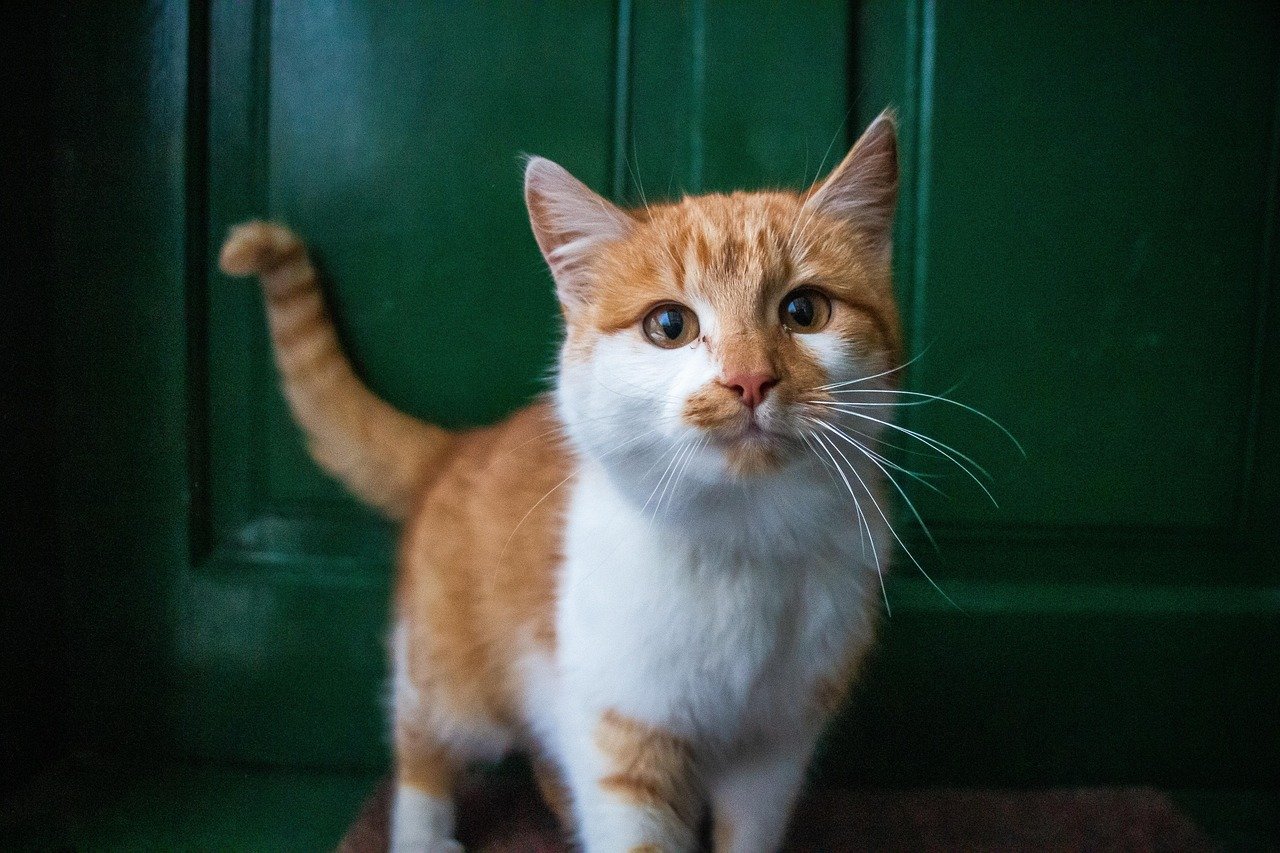
Few things can match the feeling of coming home to a cat waiting eagerly at the door. This behavior isn’t just about wanting food or attention—it’s a genuine sign of happiness to see you. Cats who do this are expressing excitement and joy, making you feel valued and missed. This greeting ritual strengthens your bond and reassures your cat that you’re home and safe together.
Stomach Exposure: Vulnerability and Trust
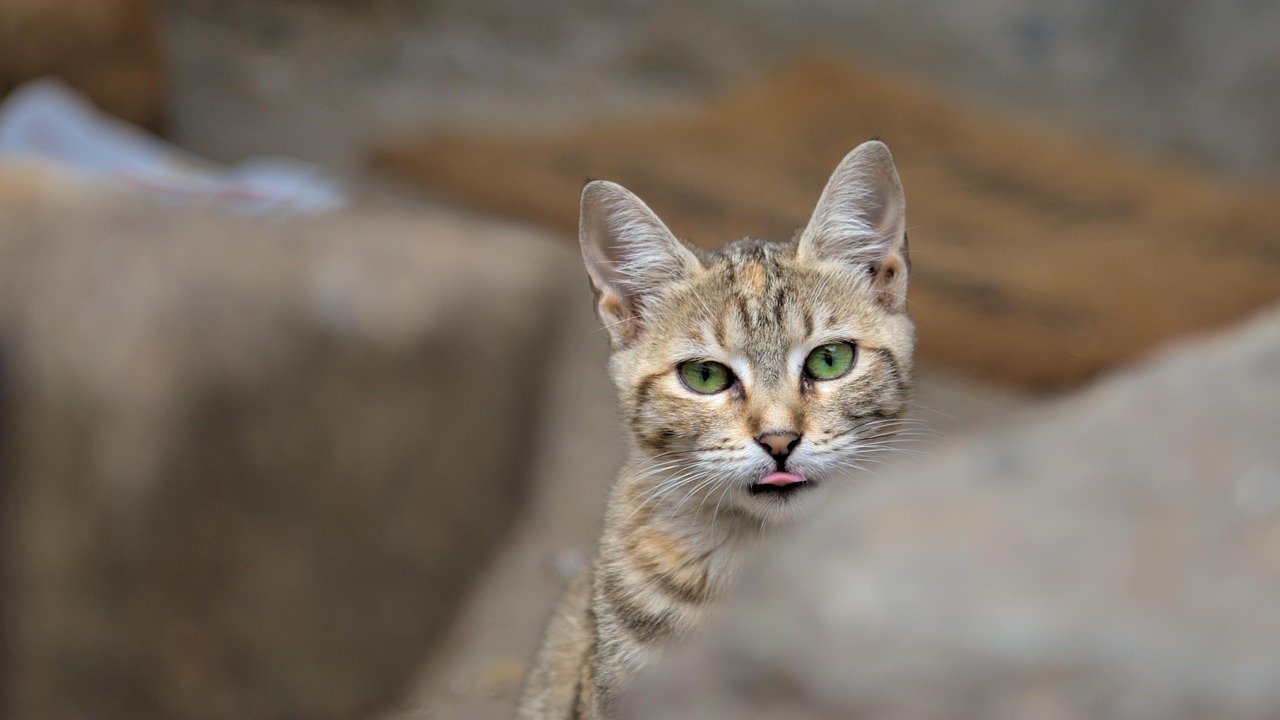
When a cat rolls over and shows you its belly, it’s not always asking for a tummy rub. The stomach is a cat’s most vulnerable area, so exposing it is a huge sign of trust and comfort. Your cat feels safe enough around you to drop its guard completely. While not every cat enjoys belly scratches, the act of showing you its stomach is like a feline “I love you.” It’s one of the clearest signs of affection.
Sleeping in Your Things: Closeness Through Scent
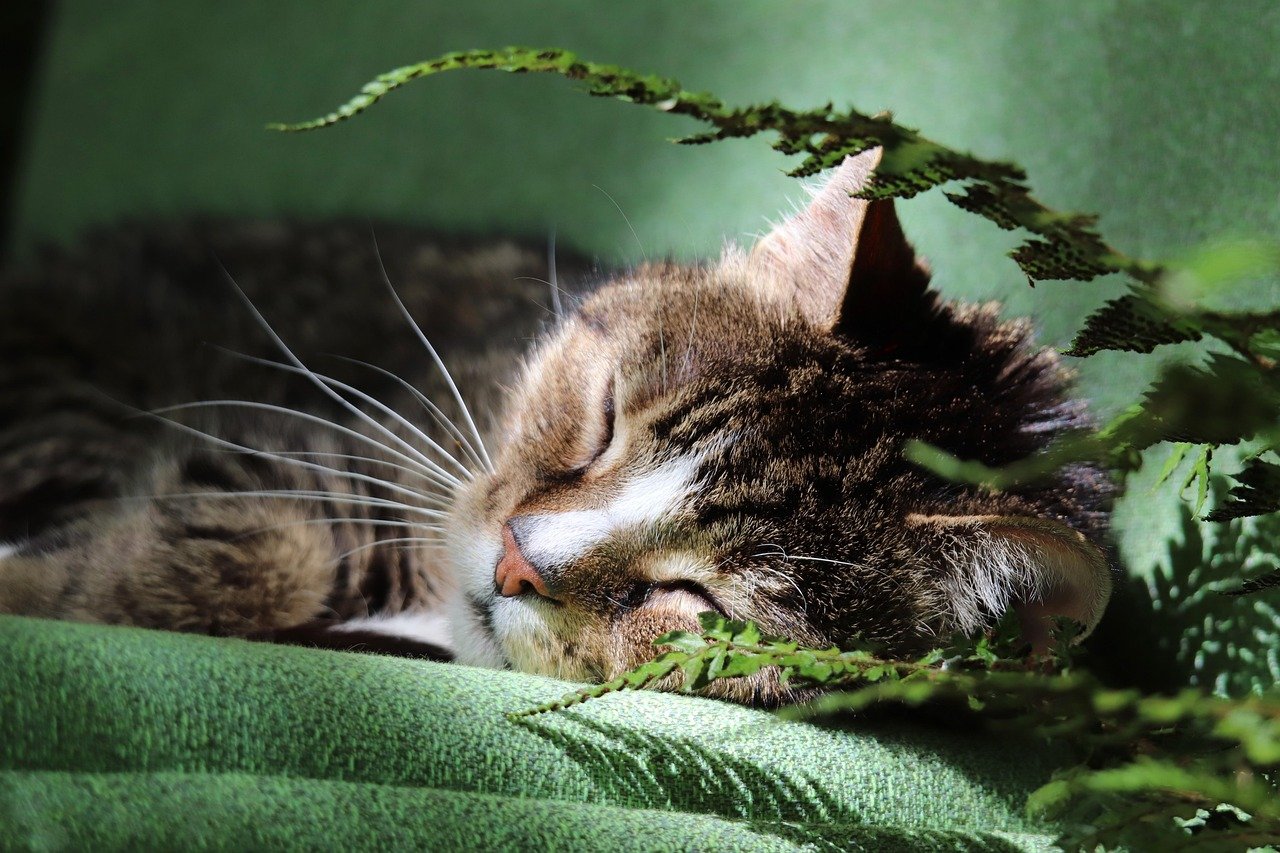
Does your cat nap on your clothes, in your bed, or among your belongings? That’s no accident. Cats are drawn to your scent because it comforts them and makes them feel close to you, even when you’re not around. Curling up in your laundry or on your pillow is a sign of affection and longing. Your scent is like a cozy blanket to your cat—a constant reminder of your bond.
Responding to Your Emotions: Emotional Sensitivity
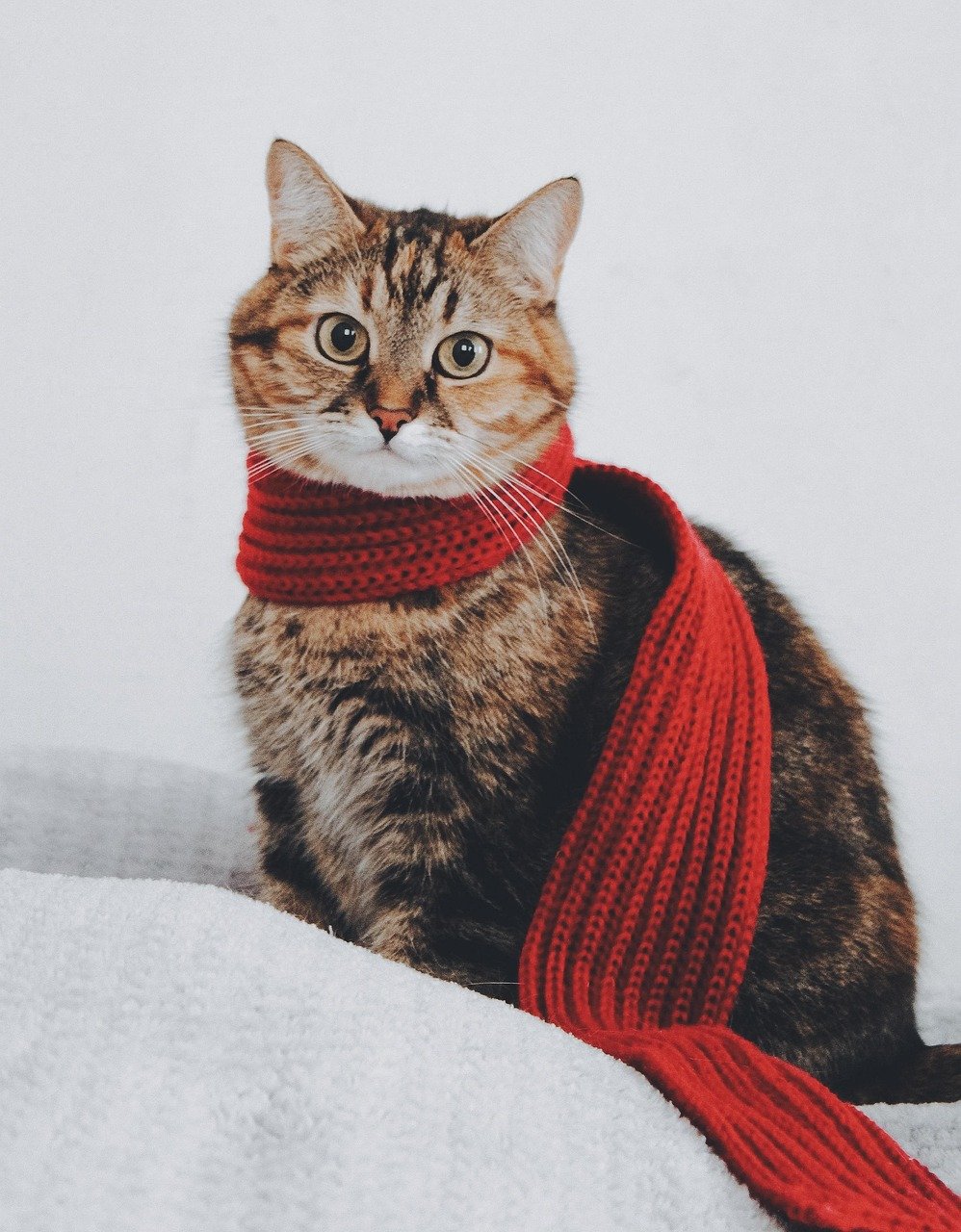
Many cat owners swear their pets know when they’re sad, stressed, or sick. Recent research supports this idea—cats are surprisingly sensitive to human emotions. They pick up on subtle changes in your voice, body language, and even scent. When your cat comes to sit with you during tough times, it’s responding to your feelings with quiet support. This emotional sensitivity is yet another way cats show deep, intuitive affection.
Cats and Human Affection: The Science Speaks
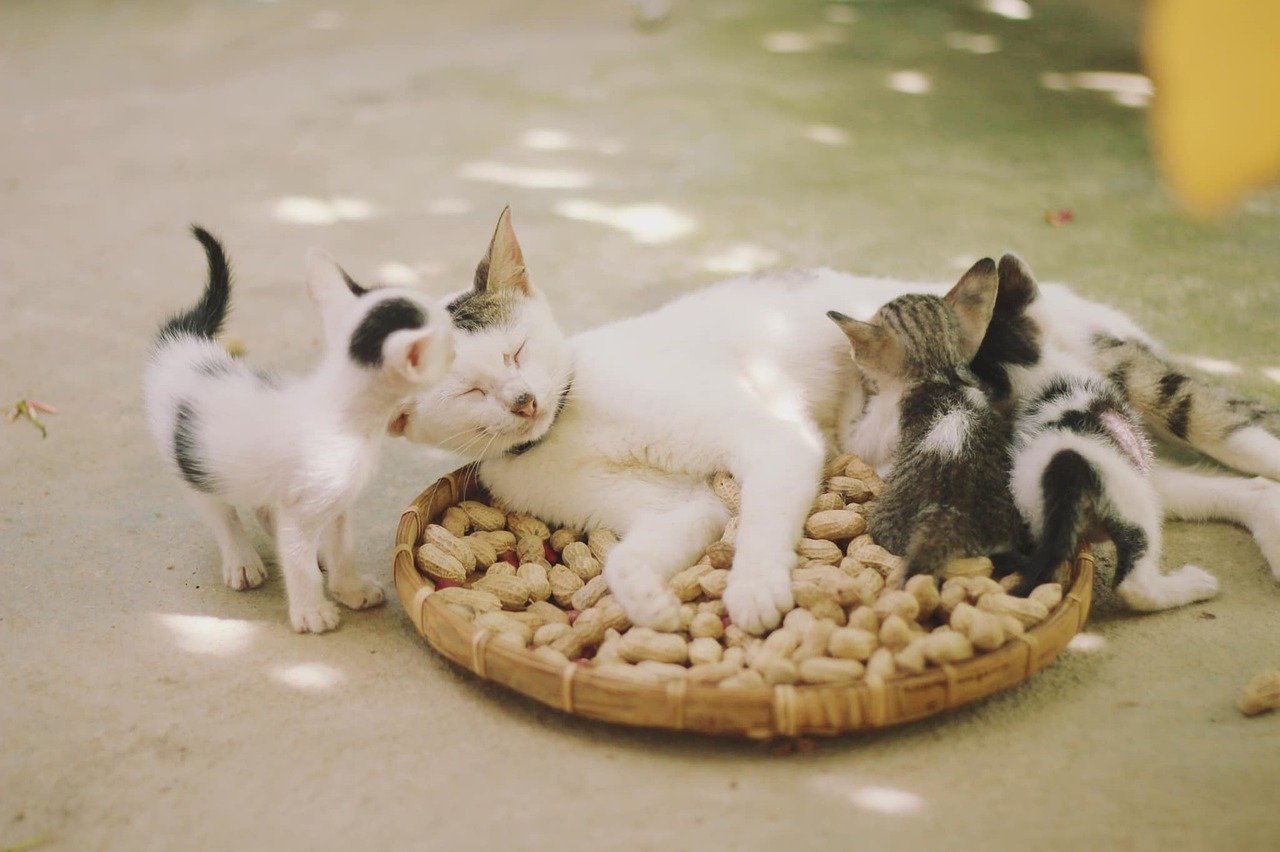
Modern science has revealed just how complex and profound the bond between cats and humans can be. Studies show that cats develop unique attachments to their owners, similar to the bonds between children and parents. They use a combination of behavior, scent, and vocalization to express affection and build trust. Cats may seem mysterious, but their love is real and scientifically measurable. Understanding these signs helps us appreciate just how amazing and emotional our connection with cats truly is.
Hi, I’m Bola, a passionate writer and creative strategist with a knack for crafting compelling content that educates, inspires, and connects. Over the years, I’ve honed my skills across various writing fields, including content creation, copywriting, online course development, and video scriptwriting.
When I’m not at my desk, you’ll find me exploring new ideas, reading books, or brainstorming creative ways to solve challenges. I believe that words have the power to transform, and I’m here to help you leverage that power for success.
Thanks for stopping by, Keep coming to this website to checkout new articles form me. You’d always love it!






